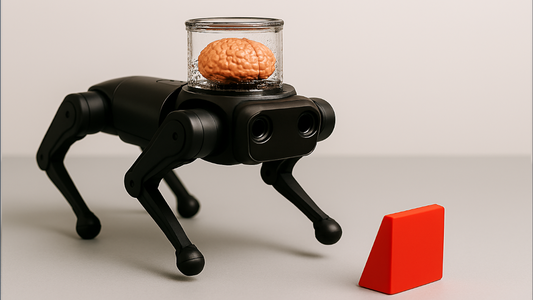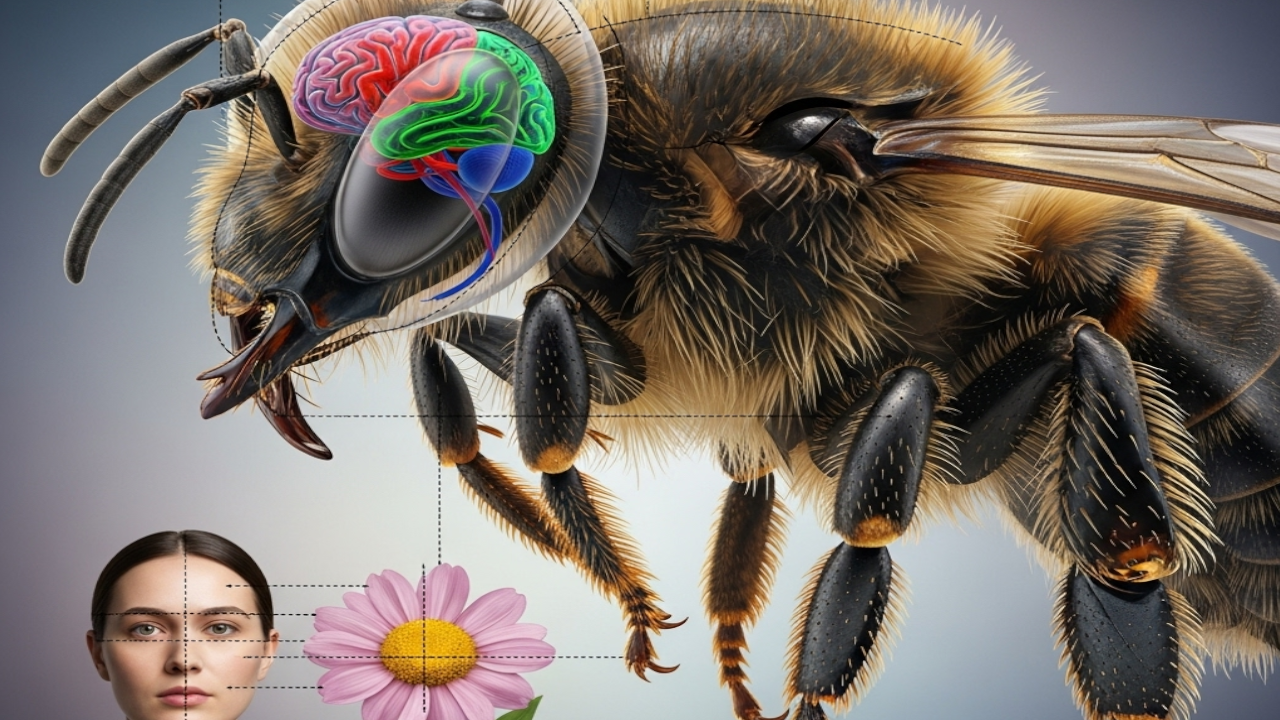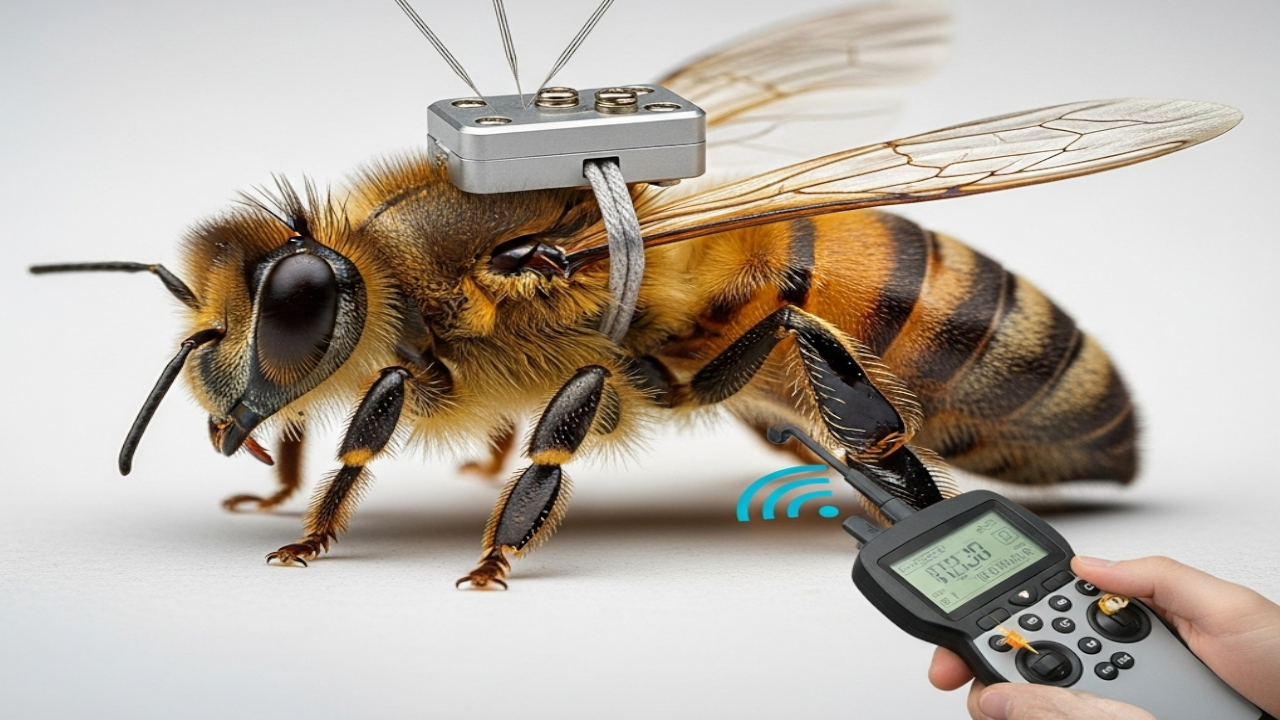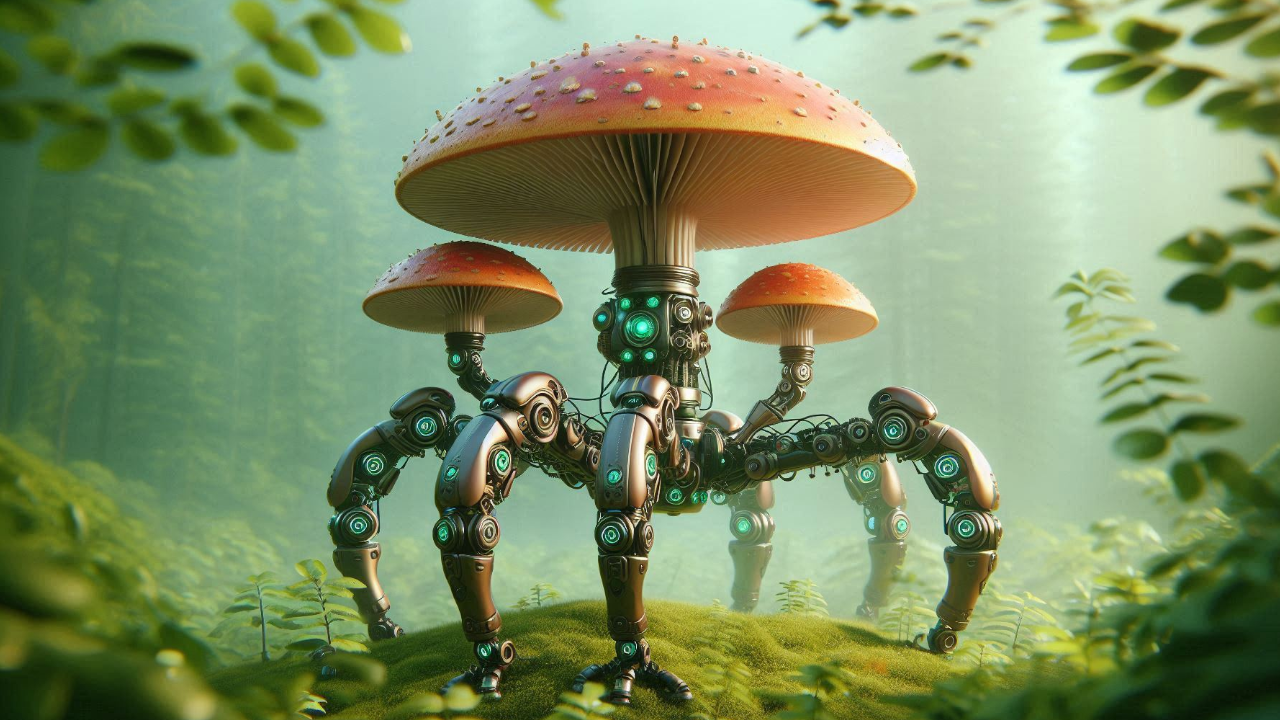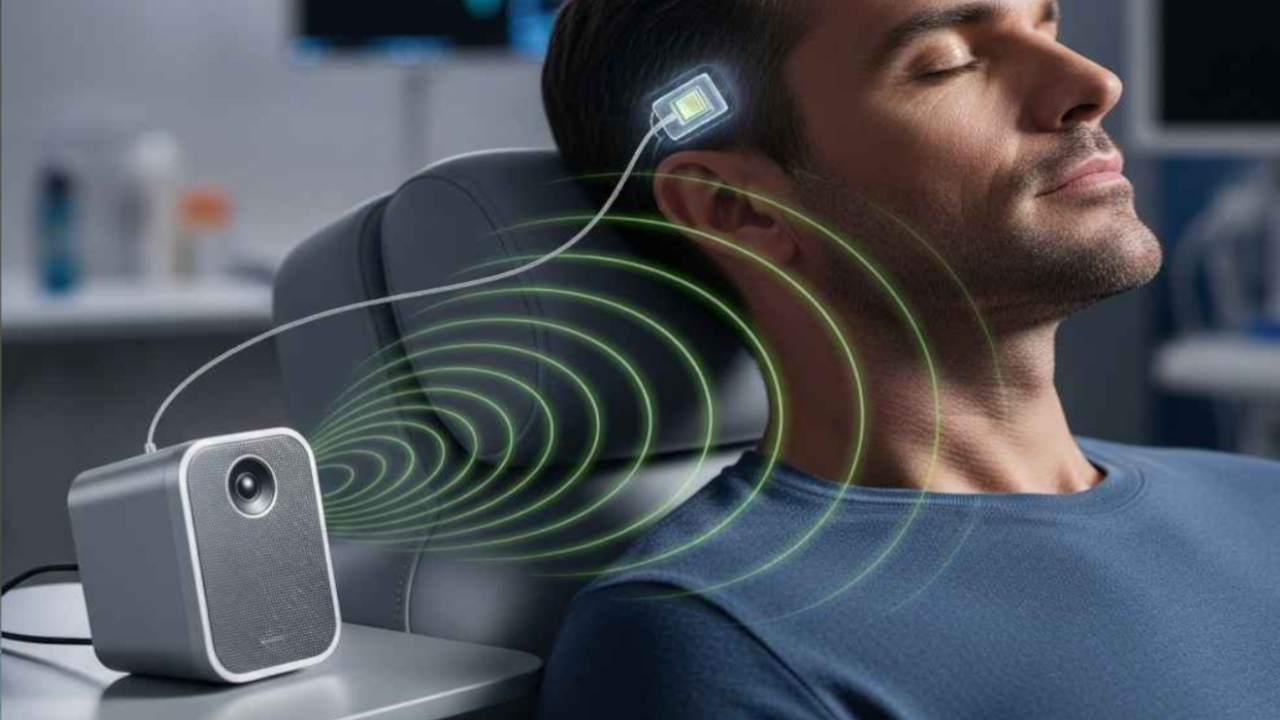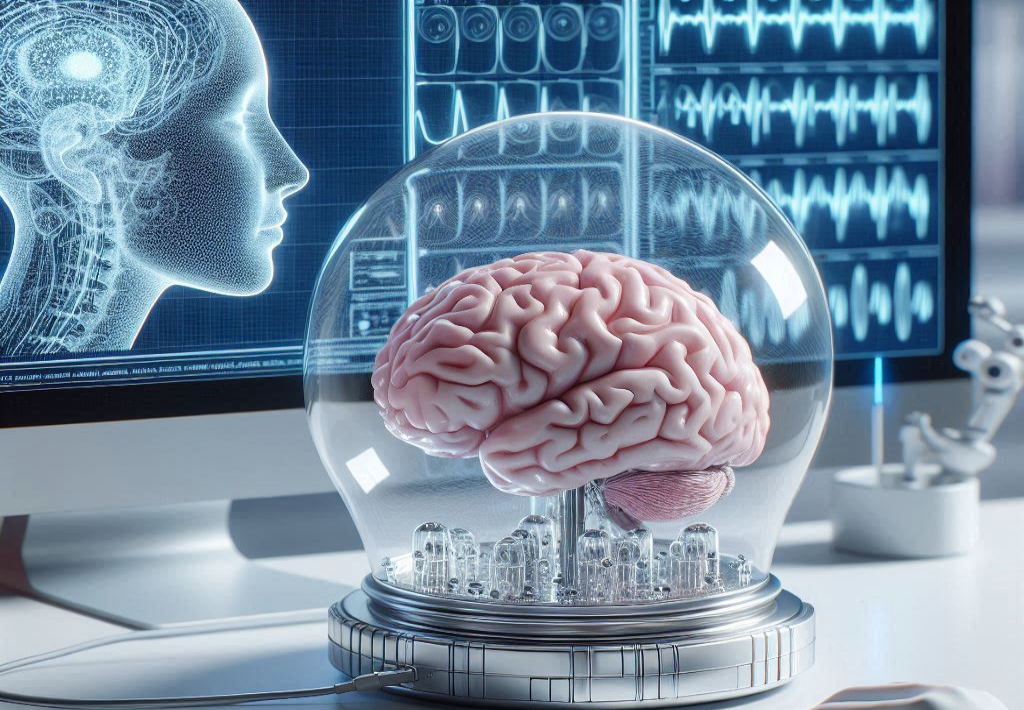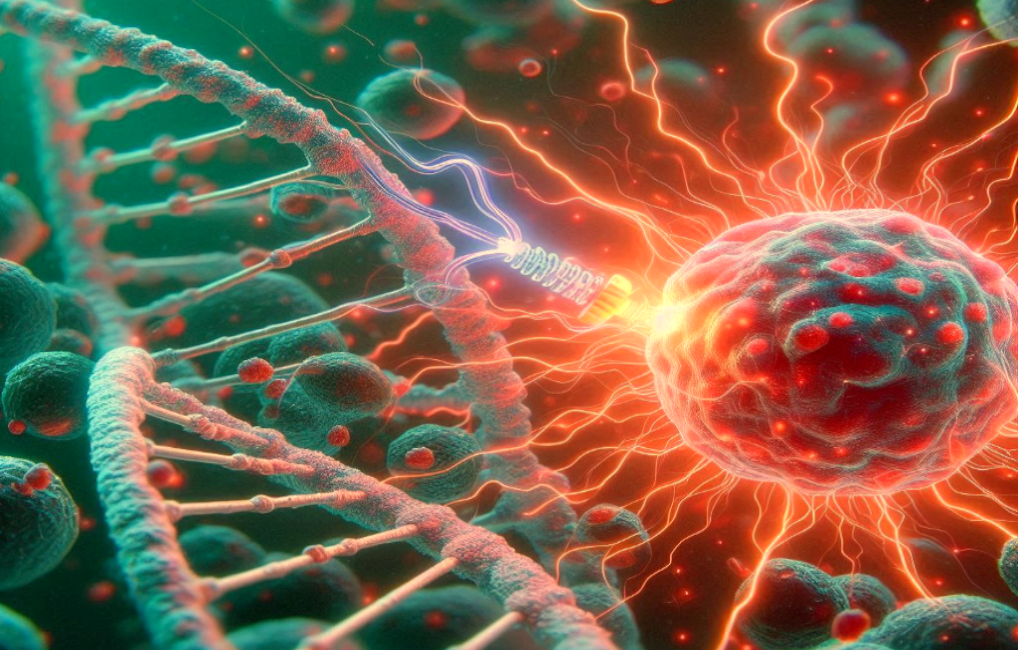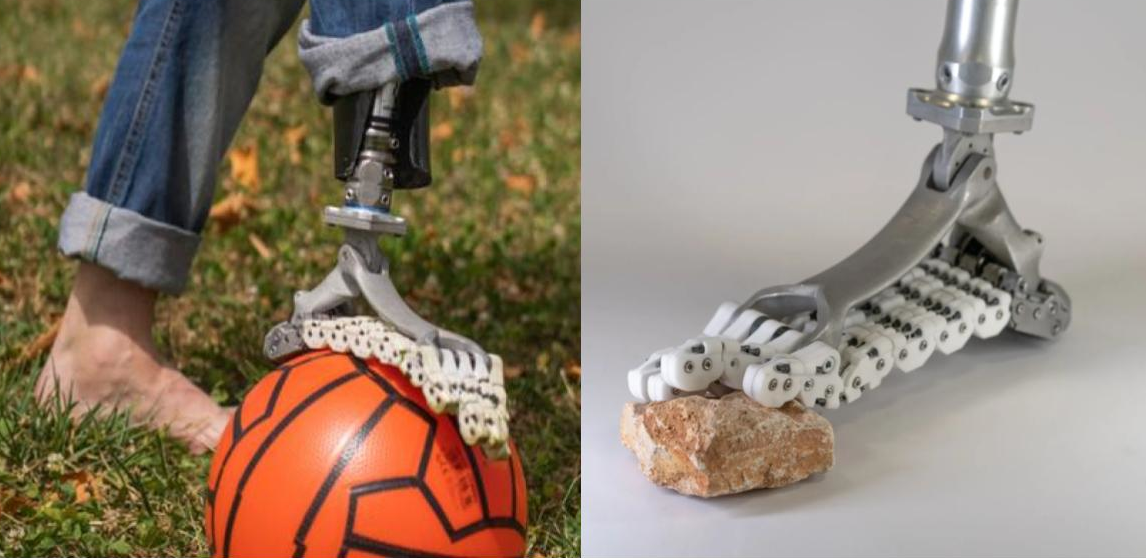Researchers at the University of California, San Diego have successfully enabled a lab-grown mini-brain to control a four-legged, dog-like robot. This mini-brain, scientifically known as a “brain organoid,” was cultivated in a specialized lab environment using human stem cells, allowing it to gradually develop and form a neural network that closely resembles the neural structure of the human brain. Although these organoids do not possess consciousness or awareness, they are capable of generating neural activity similar to that which occurs in a real brain.
To accelerate the growth of this mini-brain and stimulate its neural activity, the scientists developed a new platform called GraMOS, which stands for “Graphene-Mediated Optical Stimulation.” This platform relies on a thin layer of graphene — a highly conductive carbon material — that coats the brain organoids and responds to light. When a low-energy laser is directed at the graphene, it converts the light into precise electrical pulses that stimulate the neurons within the organoid. This stimulation closely mimics the sensory signals the brain actually receives, helping the organoid grow faster and form more complex neural connections without the need for genetic modification or surgical intervention.
To test the mini-brain’s ability to interact with the external world, the researchers connected it to a special control system within a robot dog equipped with laser sensors (LiDAR) capable of detecting obstacles. When the robot detected an obstacle at a certain distance, it sent a signal to the mini-brain. This signal was converted into a light pulse directed at the graphene platform. In turn, the graphene converted the light into electrical signals that stimulated the neurons in the organoid. When the resulting neural activity surpassed a specific threshold, custom algorithms translated this activity into a command for the robot to avoid the obstacle, which it executed in less than 50 milliseconds.
The experiment was conducted multiple times, and in each instance, the robot successfully avoided the obstacles in response to the neural signals from the mini-brain. This success does not mean the organoid is trained to drive the robot, but rather serves as a proof-of-concept that a lab-grown brain can function as a biological “mind” for controlling robots. The next step will be to train it to respond in specific, deliberate ways based on the inputs it receives from the robot, so it can truly act as a learning and adapting brain.
The significance of this experiment is that it opens the door to developing hybrid systems that merge living neural cells with technology. This paves the way for creating more intelligent and adaptive brain-machine interfaces that could be used in prosthetics, adaptive robots capable of interacting with their environment with life-like flexibility, and even new biological computing systems. Instead of relying on rigid electronic chips, living neural tissue capable of learning and adapting to its environment could be used.
This study was published in the journal Nature Communications.
